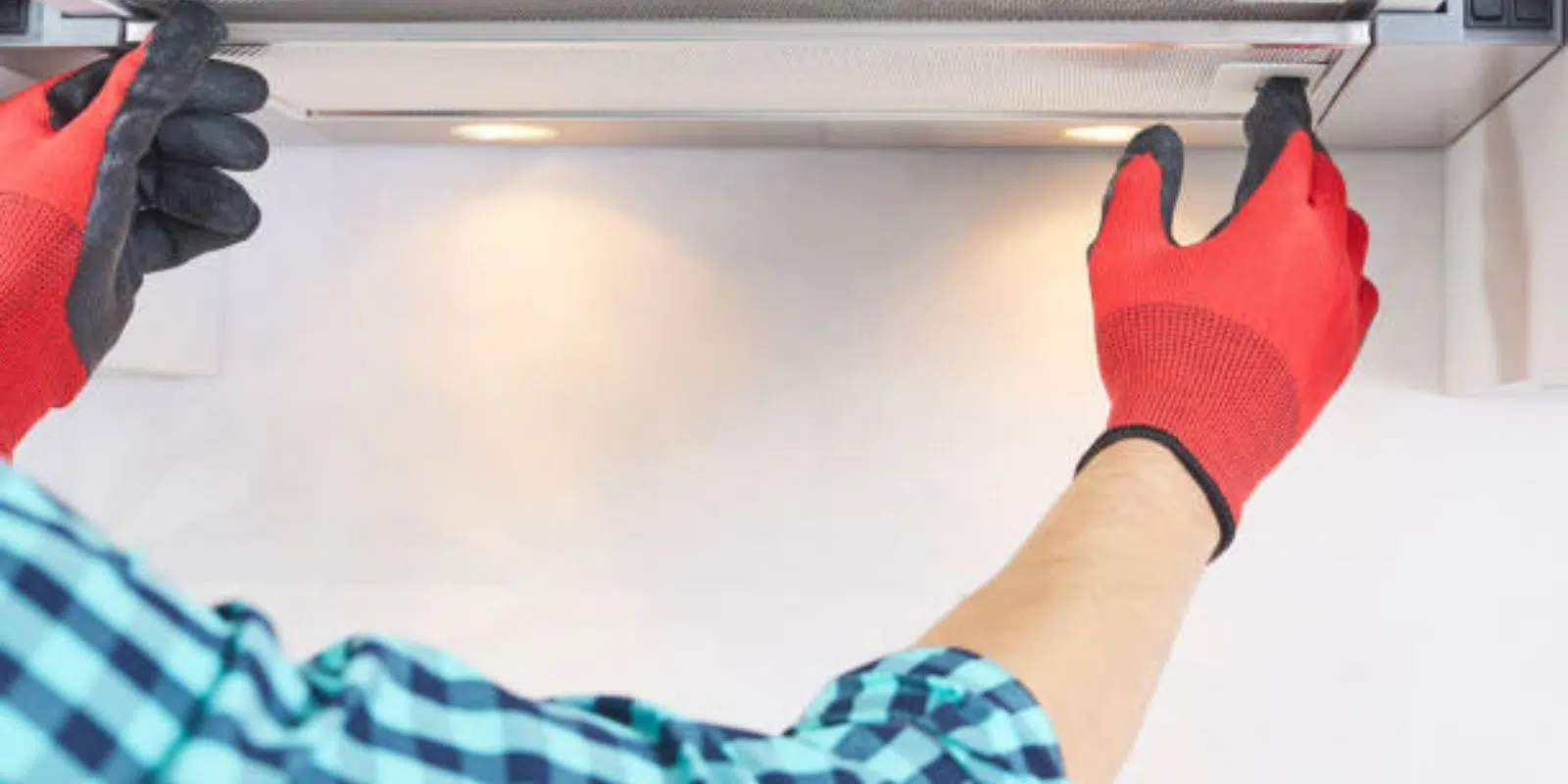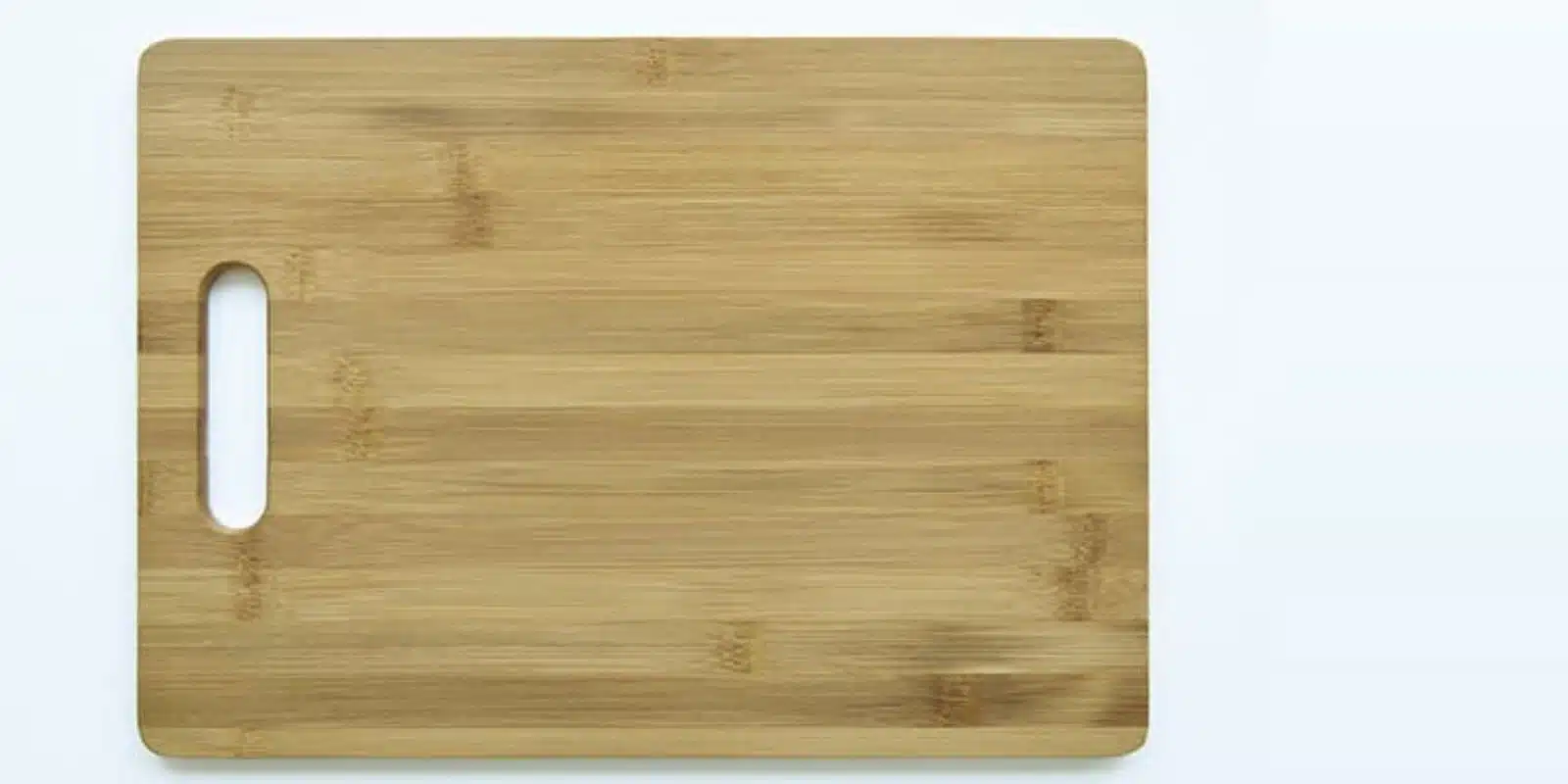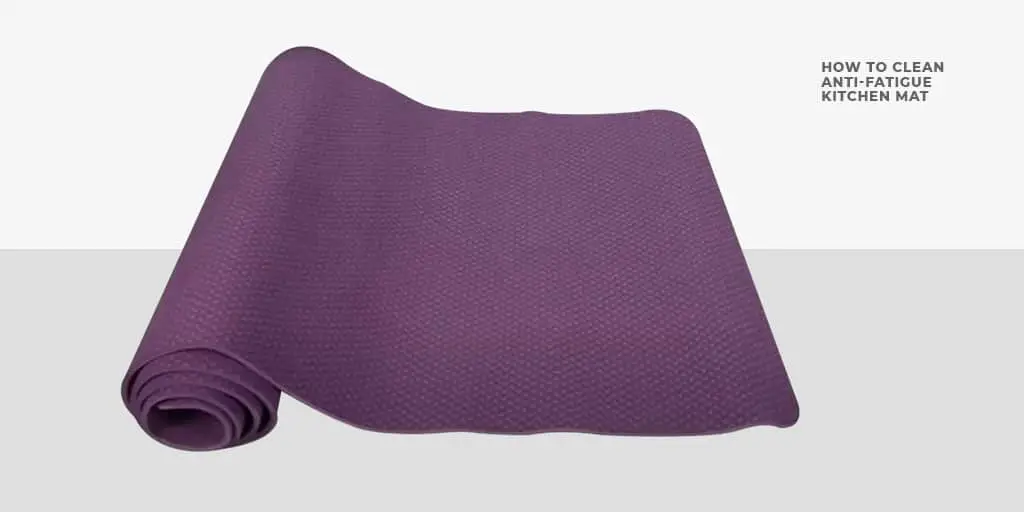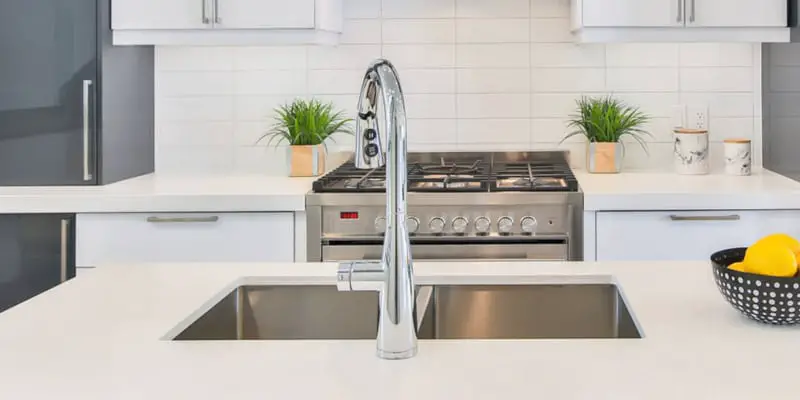3 Ways To Remove Calcium Deposits From Pots And Pans
If you’ve ever cooked with pots and pans that have built-up layers of hard, white calcium deposits, you know how frustrating it can be. Not only does the calcium make it difficult to clean the pots and pans, but it can also affect the flavor of your food. Fortunately, there are a few ways to remove these deposits from your cookware.
In this article, we’ll discuss three methods for removing calcium deposits from pots and pans: using vinegar, using baking soda, and using a scrubber. We’ll also provide some tips on how to prevent these deposits from forming in the first place.
Contents
How To Remove Calcium Deposits From Pots And Pans
When it comes to removing calcium deposits from pots and pans, there are a few different methods you can try.
Method – 1: Using Vinegar
One way to remove calcium deposits from pots and pans is to use vinegar. Vinegar is a natural acid that can break down calcium deposits. To use vinegar, combine one part vinegar with two parts water in a spray bottle. Spray the solution onto the calcium deposits and let it sit for a few minutes. Then, use a scrubber to scrub the deposits away.
Be sure to rinse the pots and pans well after using vinegar, as the acid can corrode metal.
If vinegar doesn’t remove the calcium deposits on your pots and pans, try using a mixture of one part baking soda and three parts water instead.
Method – 2: Using Baking Soda
Another way to remove calcium deposits from pots and pans is to use baking soda. Baking soda is an alkaline that can eliminate these hard-to-remove salts. To use this method, combine two tablespoons of baking soda with enough water to create a paste.
Apply this paste directly onto the calcium deposits and scrub it off with a soft sponge or brush. Be sure to rinse your cookware well after removing the paste; if you leave any behind, it could damage your cookware’s finish.
If baking powder doesn’t work for you, try using lemon juice.
Method – 3: Using Lemon Juice
One more way to remove calcium deposits is to use lemon juice. Not only is lemon juice a natural acid, but it also contains some mild abrasives that can break up the hard-to-remove salts. To use this method, fill your pot or pan with enough water to cover the deposits.
Add one tablespoon of lemon juice and bring the water to a boil. Then, let the pots soak for an hour before scrubbing off the residue with a sponge or brush. Be sure to rinse your cookware well after using this method; if you leave any behind, it could lead to rusting.
If none of these methods work, consider purchasing specialized cleaners designed for cleaning cookware. If none of these methods work for you, consider purchasing specialized cookware cleaning products.
How To Prevent Calcium Deposits From Forming
If you want to prevent calcium deposits from building up in your pots and pans, there are a few things you can do. One way is to avoid cooking acidic dishes like tomato sauce or even citrus fruits using aluminum or cast iron cookware.
Cast iron is especially susceptible to forming hard-to-remove calcium deposits. For this reason, it’s best not to use cast iron pans for anything other than frying bacon. If your pan does develop hard-to-remove calcium deposits, try boiling water containing two tablespoons of baking soda to remove them.
Another thing you can do is limit the amount of time you allow your pots and pans to sit idle. If you’re not going to use your cookware for a while, be sure to clean it thoroughly and dry it off before putting it away.
If you follow these tips, you can help prevent calcium deposits from building up in your pots and pans, and you’ll be able to enjoy cooking without the frustration of dealing with these hard-to-remove residues.
What Should I use on Cast Iron Pans?
When it comes to cleaning cast iron pans, using a specialized cleaner is your best bet. These cleaners are designed to break down the calcium deposits that can build up over time. If you don’t have a cast iron cleaner on hand, you can try using a mixture of one part vinegar and two parts water.
Spray the solution onto the pan and let it sit for a few minutes before scrubbing off the residue with a soft sponge or brush. Be sure to rinse the pan well after using this method.
If none of these methods work, consider purchasing a specialized cast iron cleaner. These cleaners are specifically designed to remove calcium deposits from cookware. They can be purchased at most hardware stores or online retailers. By following these tips, you can help keep your cast iron pans in good condition and free of calcium deposits.
Is It Possible to Get Rid of Calcium Deposits in the Dishwasher?
If your pots and pans have a lot of calcium deposits built up, you may be tempted to try running them through the dishwasher. However, doing this can cause even more harm than good.
Dishwashing machines use an alkaline cleaner that could react with the hard-to-remove calcium deposits and damage your cookware’s finish or even its overall structure. In addition to causing physical damage, using a dishwasher to clean off calcium deposits will void most warranties.
To avoid damaging your cookware, always clean it by hand after cooking acidic foods like tomato sauce. If cleaning by hand isn’t possible for whatever reason, make sure you’re at least using a specialized cleaner designed for cleaning cast iron cookware.
Note: It is important for safe dishwasher use that you check the manufacturer’s instructions before using any of your dishes in a machine. Otherwise, it might lead to really bad things happening and damage being done!
If you are looking for the best dishwasher safe pots and pans, please check out the link. We’ve reviewed some of the best affordable options on the market.
Final Verdict
So, which of these methods is the best way to remove calcium deposits from pots and pans? Well, that depends on what’s worked best for you in the past. If you’ve had success using vinegar or baking soda, then those are probably your best bets.
However, if you’ve never had much luck with either of those methods, lemon juice might be a better option for you. Whichever method you choose, be sure to rinse your cookware well after using it.
If you want to prevent calcium deposits from forming in the first place, follow the tips we’ve outlined above. By taking a few simple precautions, you can help keep your pots and pans looking and functioning their best.
Thanks for reading! Now that we’ve covered everything, we hope you can go out and tackle those calcium deposits on your own!


![How to Clean a Juicer? [Step-by-step-guide]](https://verybestkitchen.com/wp-content/uploads/2021/07/140432021_Blend_07-removebg-preview-1.png)


